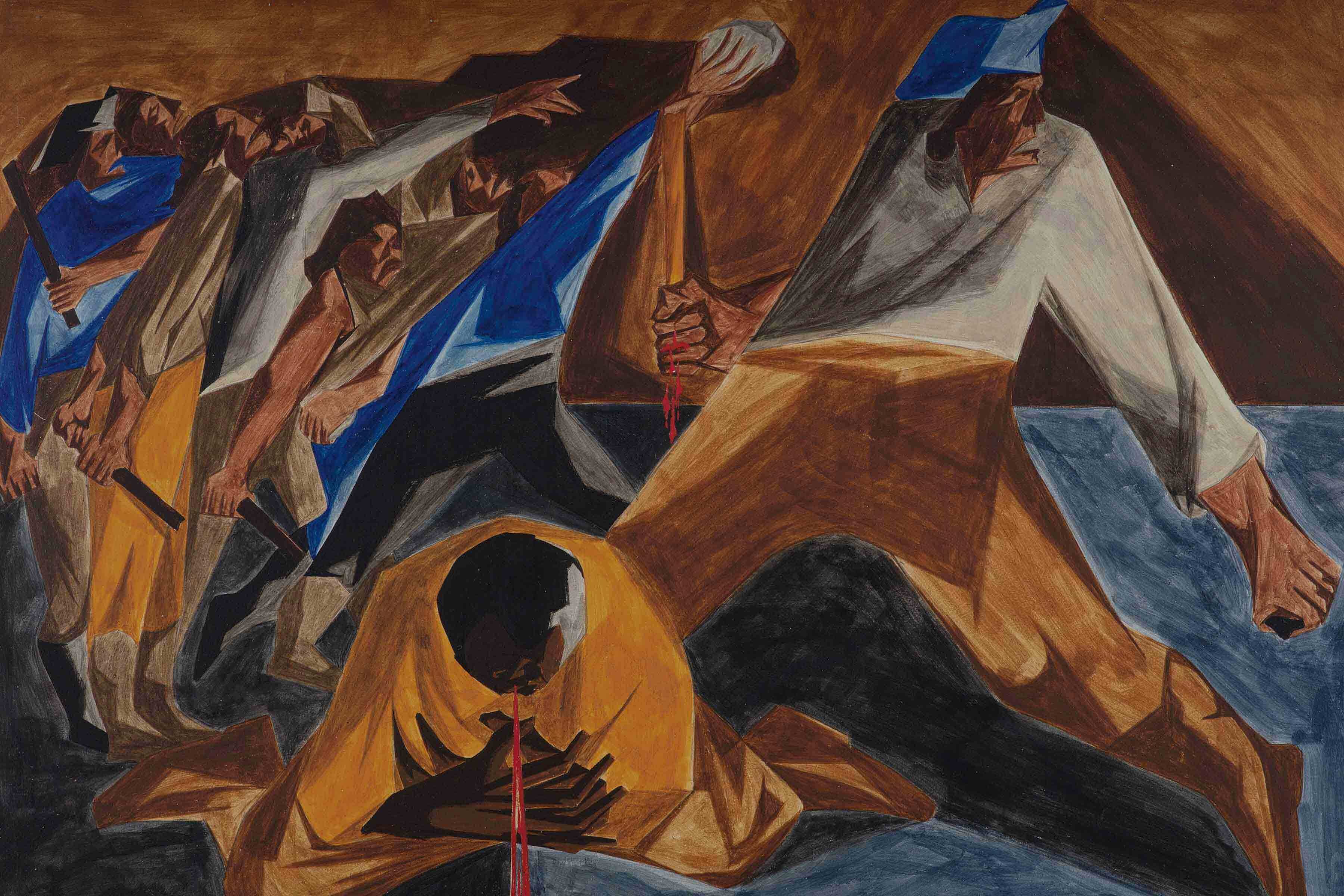Here is a not-so-secret bit of information you might not know but probably could have guessed: museums are mostly run by white people.
Their institutional histories, their collections and their funding are often deeply rooted in colonialism and they have traditionally promoted a Euro-centric worldview. What you may be less aware of is that the wave of decolonization that began last century has begun crashing on the shores of the museum world. In addition to the long-standing call to go beyond dominant narratives and reflect our varied humanity, museums are now increasingly held accountable for their internal practices and the role they play in a volatile world.

What do they do and how do they do it? And who is at the table when they decide? How exactly did they get that art? How are they making an impact in the world?
When your organization is built on the premise that you provide space with the power to be variously entertaining and informative, to build community, to maybe even be transcendent for anyone who walks through the door, then questions of diversity, equity, inclusion and accessibility (DEAI) cut right to the core of your mission.
PEM just received an object lesson in just how powerfully DEAI issues impact our work during the opening days of our most recent exhibition Jacob Lawrence: The American Struggle. Curating an exhibition where black artists tackle the complex history of the formation of America and forcefully claim space for the black people, indigenous people and women whose stories often go untold is an important step for a museum to take, and one we are excited about.
We are proud to amplify the voices of Lawrence and the other artists who contributed to the show, and have already witnessed their work creating moments of insight, emotion and connection that museum workers wish they could bottle and bring to our leadership. It drives home the point that we need to pay greater attention to these voices.
As powerful as this exhibition is, some visitors have noticed there is a dissonance, too. After touring an exhibition that strives to boost less privileged perspectives, they arrive at an exit that features a poster-size photo board of contributing staff that is overwhelmingly white. The irony is stark and unpleasant, in more ways than one.
The photo boards PEM installs at the close of our temporary exhibitions were born, in part, as an effort to highlight members of the staff whose contributions aren’t always celebrated along with the curators – an attempt at promoting a kind of class inclusion internally. But the practical effect here highlighted just how much we as an institution still occupy the problematic territory that Jacob Lawrence was attempting to subvert through his artwork.
Photography by Kathy Tarantola/PEM.

Like many museums, we still lack the diversity of staff to tell the diversity of stories waiting to be told. In the case of Jacob Lawrence, the exhibition team proactively engaged a diverse team of advisors and partners to ensure the gallery experience and accompanying publications reflected a broad array of perspectives and insights. A full accounting of our project partners, as well as insight into the exhibition's research and methodology, may be found at pem.org/diversity.
Being held accountable is often unpleasant but necessary, and this case is no exception. At PEM we are still early in the process of re-examining ourselves through the lens of DEAI as part of a wholesale strategic planning process. Over the last year, I served on PEM's Equity and Inclusion Task Force that recently shared its recommendations with staff in January. As the strategic planning process moves forward, we will work to keep the lessons of this exhibition front-of-mind as we set out to define a more diverse and inclusive practice.

We have plenty of work ahead of us, and to do it well, we will need to listen closely to our community.
Jacob Lawrence, We have no property! We have no wives! No children! We have no city! No country! —petition of many slaves, 1773, Panel 5, 1955, from Struggle: From the History of the American People, 1954–56, egg tempera on hardboard. Collection of Harvey and Harvey-Ann Ross. © The Jacob and Gwendolyn Knight Lawrence Foundation, Seattle/Artists Rights Society (ARS), New York. Photo by Bob Packert/PEM.
Jacob Lawrence: The American Struggle is the first museum exhibition of the series of paintings Struggle: From the History of the American People (1954–56) by the best known black American artist of the 20th century, Jacob Lawrence (1917–2000). Reunited for the first time in more than sixty years, the paintings revive Lawrence's way of reimagining American history as shared history and, as he wrote, “depict the struggles of a people to create a nation and their attempt to build a democracy.” The exhibition is on view at PEM through April 26, 2020. Share your impressions with us on social media using #AmericanStruggle and #peabodyessex.
Keep exploring
Blog
Lawrence exhibition leads to discovery of a lost work
5 min read

Past Exhibition
Jacob Lawrence: The American Struggle
January 18, 2020 to August 9, 2020








